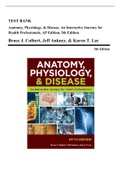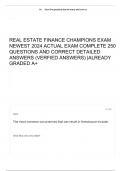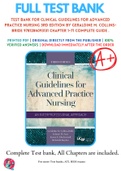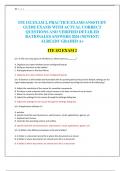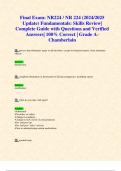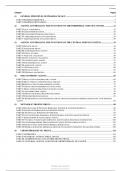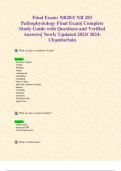Exam (elaborations)
Test Bank - Anatomy, Physiology, & Disease, An Interactive Journey for Health Professionals, AP Edition, 5th Edition (Colbert, 2020) Chapter 1-21 | All Chapters
Test Bank - Anatomy, Physiology, & Disease, An Interactive Journey for Health Professionals, AP Edition, 5th Edition (Colbert, 2020) Chapter 1-21 | All Chapters
[Show more]
